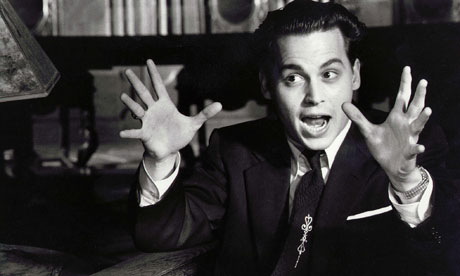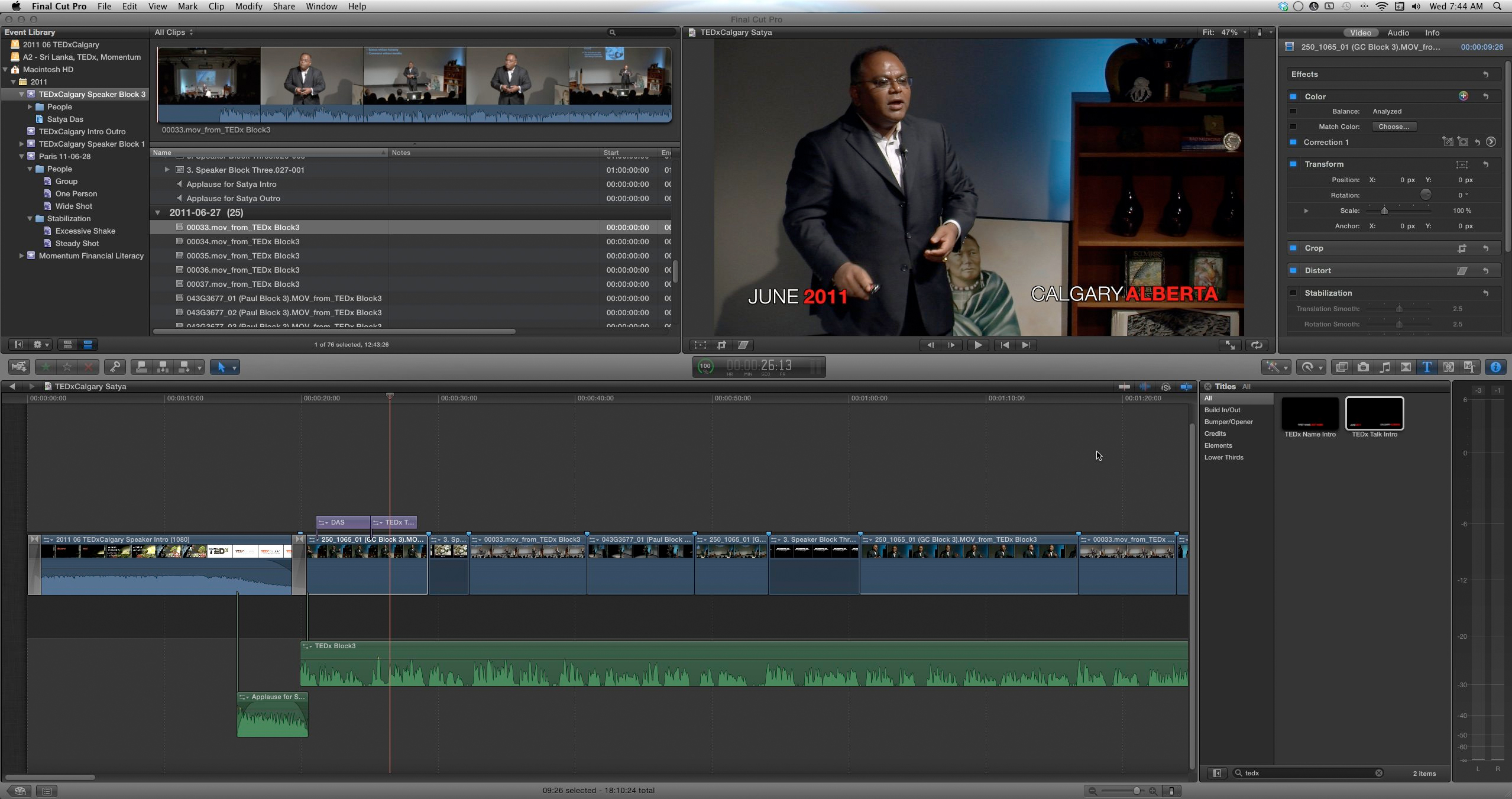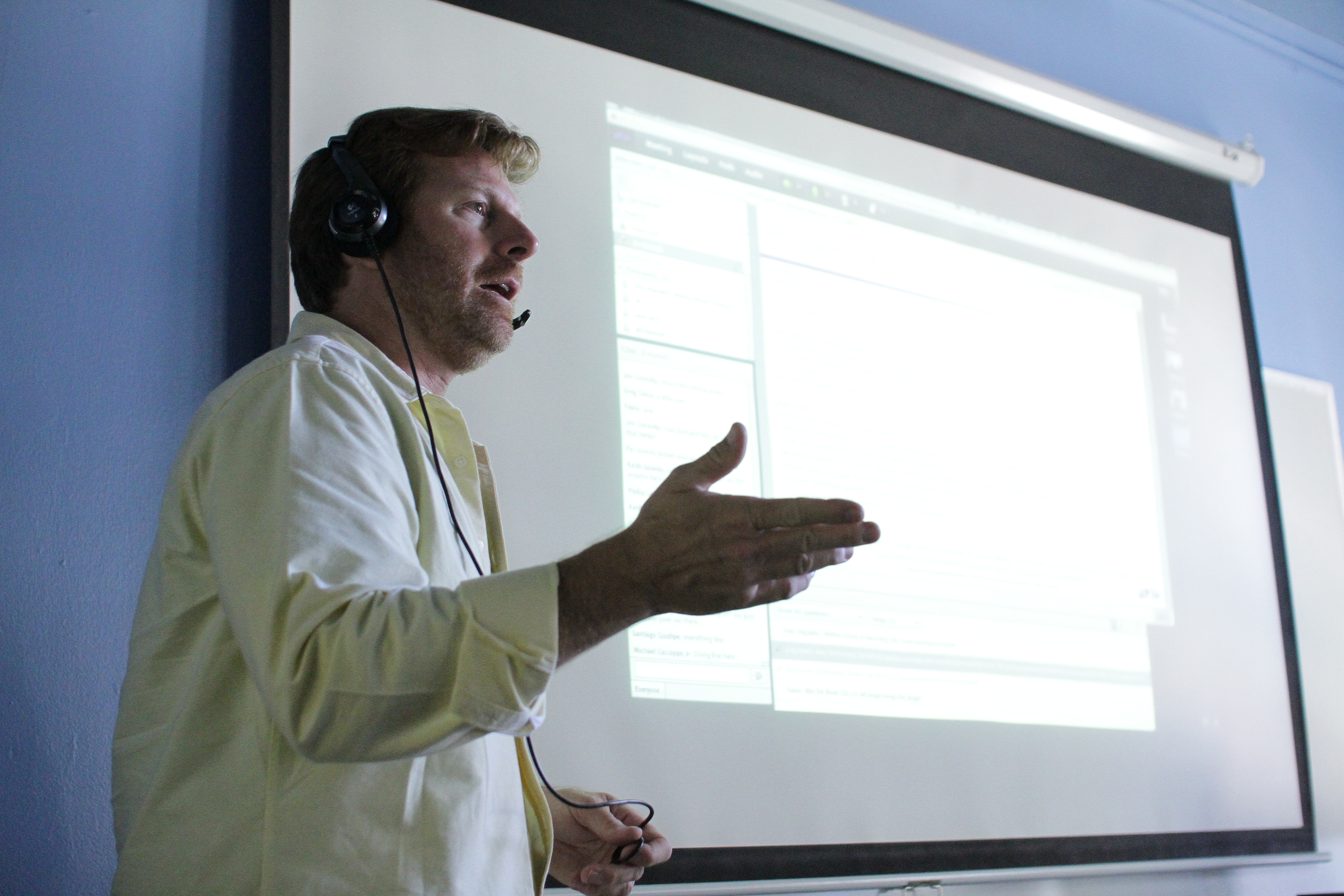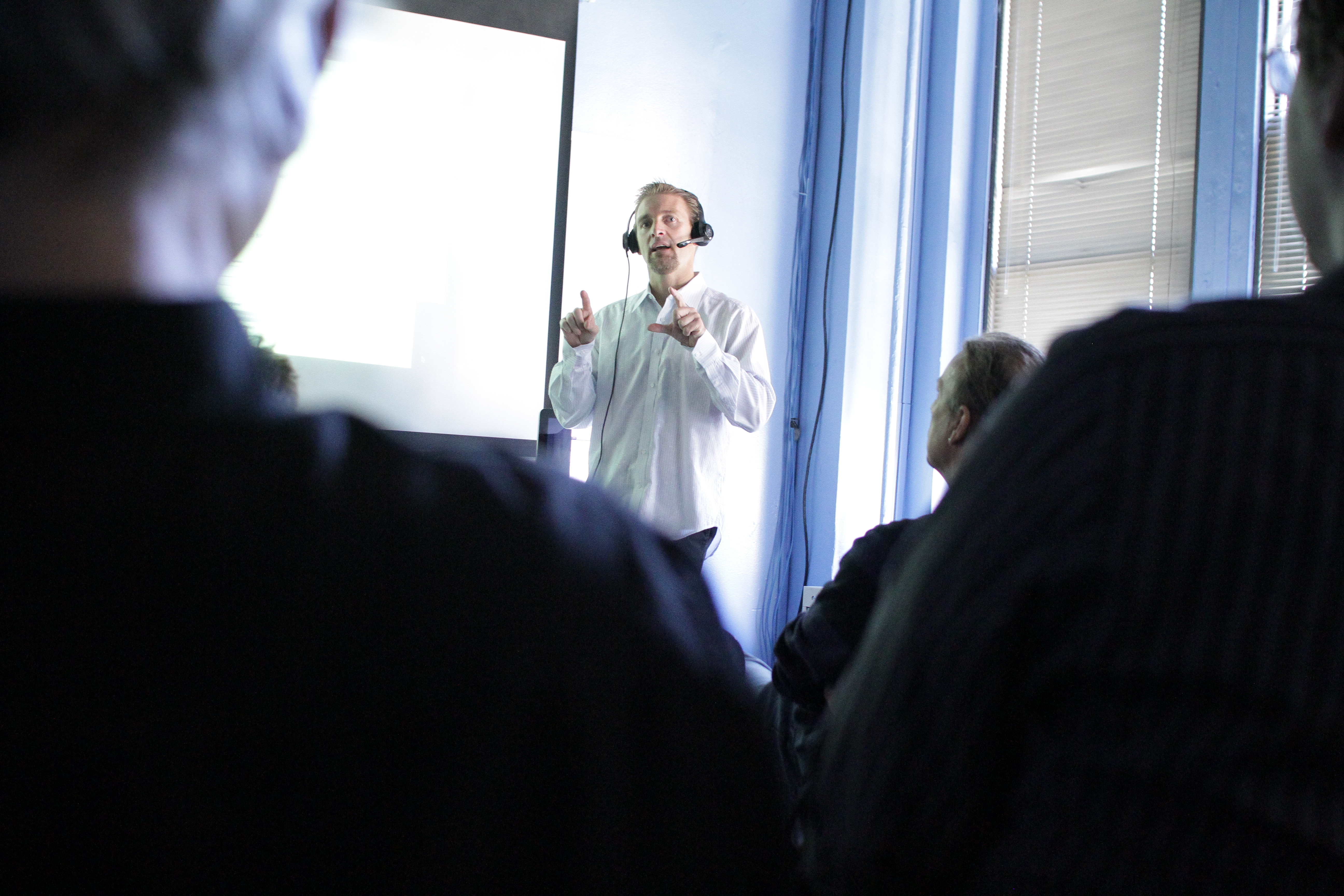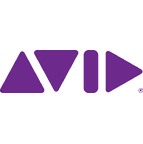Despite a six-year age difference, sister and brother Jazmin and Steven Young have always been close. Now, 20 and 26 respectively, that closeness has translated into shared professional passion and career opportunities for both.
One of the challenges of a career in film, according to Jazmin, is finding exactly where you fit. As a little girl, she through of being an actress – but soon realized she didn’t want to be in front of a camera.

This didn’t stop her from wanting to express her creativity, however. She developed an interest in producing music videos while in high school, and when she saw the music video “Ride” with Lana Del Ray, realized that she really wanted to be telling stories in her videos. Her love of cameras grew, and now, her main focus is on editing and camerawork.
Steven likewise started his film career with music. His wide musical background included writing his own songs and producing music, so for him it was natural to develop an interest in audio.

Jazmin was the first of the duo to attend the Digital Film Academy. The DFA opened her eyes to cameras and to a whole new perspective on how to tell a story. It wasn’t long before Steven joined the DFA as well and both their careers began to flourish, starting with the production of short films which they wrote together. The first, a psychological thriller titled Love Jacket, is now in the editing process.
Last summer, they had the opportunity to work together on a Bollywood film being shot in various US locations, Uncommitted. Steven first joined the production as the sound engineer, and recommended Jazmin for camera assistant.

A big pro of working together has been helping to set each other up with such opportunities. People enjoy the sibling teamwork Steven and Jazmin bring to their sets.
The brother-sister pair are now legalizing their own production company, Selective Vision, along with partner Sid Polar. They love the creative process and, in addition to producing work they feel strongly about, want to continue to put music and film together. Music, according to Jazmin, “is like another subplot in a film.”
Of course, the challenge of starting a company is daunting, but if anyone is up for it, it’s these two. Jazmin says that while it’s true that there’s a lot to figure out when starting a business, in the end, figuring it out and moving forward makes you better in your chosen field. She also stressed that, when learning how to start the company, the DFA was hugely helpful. “The DFA helped a lot,” she said. “We’ve learned so much.”
Selective Vision is on its way.
By Digital Film Academy Blog Manager Sara McDermott Jain.

